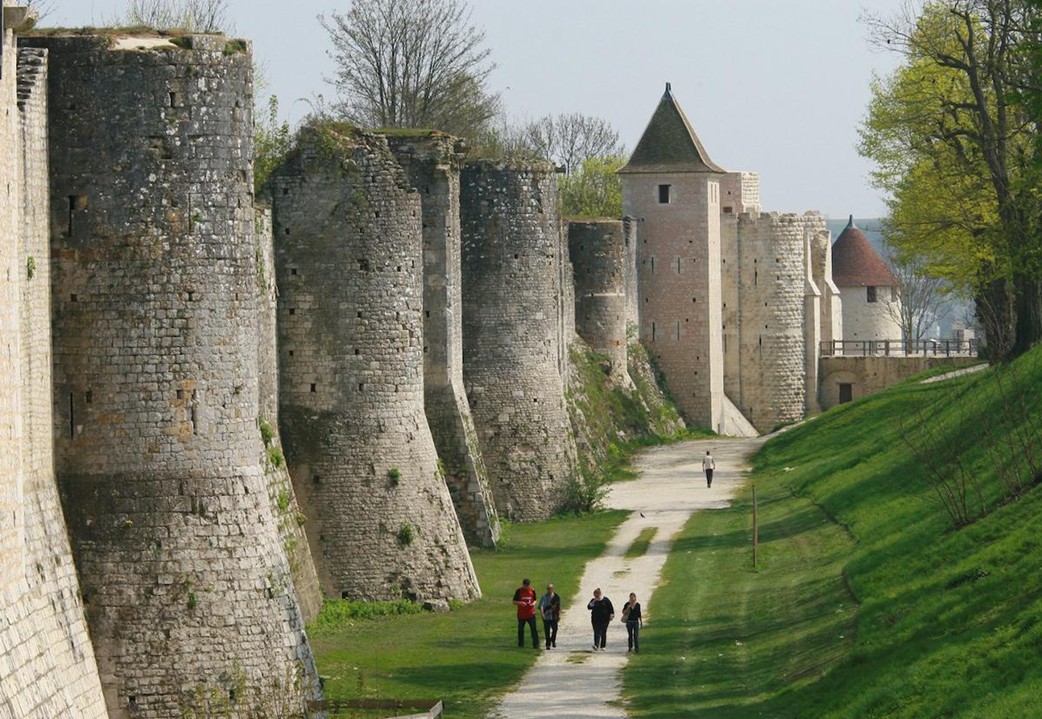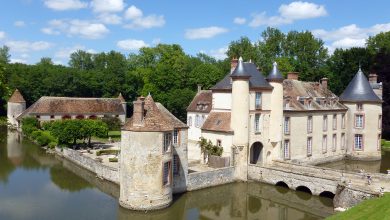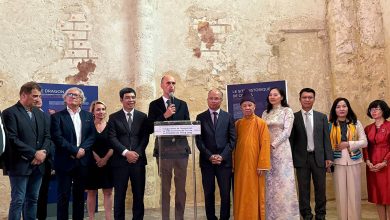The Medieval Town of Provins – A Living Heritage of Medieval France
1. Location and Historical Significance
Located about 90 km southeast of Paris in the Île-de-France region, Provins is one of France’s most remarkable medieval towns. Not only is it famous for its well-preserved medieval architecture, but it also stands as a vivid testament to the flourishing era of Europe during the 12th and 13th centuries—when the town was a major trading hub and one of the great fair cities of the Counts of Champagne.

Thanks to its strategic position on ancient trade routes, Provins once attracted merchants from all over Europe. It served as a meeting point of cultures, languages, and goods, fostering economic prosperity and contributing to the strong development of culture, architecture, and construction techniques.
2. Distinctive Architecture and Urban Planning
One of the most outstanding features of Provins is its remarkably intact medieval architectural system. The town is divided into two main areas: the “Haute Ville” (Upper Town) and the “Basse Ville” (Lower Town). The Lower Town was primarily home to residential areas and craft production, while the Upper Town housed religious, administrative, and military structures.
Among these, the César Tower stands out—a massive 12th-century military structure symbolizing the power of the Counts of Champagne. From its summit, visitors can enjoy panoramic views of the town. Nearby is the Saint-Quiriace Collegiate Church, built in the early Middle Ages and showcasing strong Romanesque and Gothic influences. The ancient ramparts, stretching nearly 1.2 km with more than 20 surviving towers, provide a vivid picture of medieval defensive architecture.

Beyond what lies above ground, Provins also hides a unique network of underground tunnels. Historically used for storing goods, sheltering during wartime, and possibly for early religious activities, these tunnels are now open to visitors, adding depth and intrigue to the exploration of this ancient town.
3. A UNESCO World Heritage Site
In 2001, UNESCO officially recognized Provins as a World Heritage Site under the name “Provins, ville de foire médiévale” (Provins – Medieval Fair Town). This recognition reflects not only the architectural and historical value of Provins but also the long-standing efforts of the local community to preserve and promote its heritage.
What makes Provins exceptional is that it is not merely an open-air museum of medieval architecture—it is a living town. Residents still inhabit centuries-old houses and actively participate in conservation, education, and cultural events that help maintain the town’s historical identity.
4. A Center for Culture, Tourism, and Heritage Education
Provins is famous for its historical reenactment festivals, especially the Medieval Festival of Provins (Les Médiévales de Provins), which attracts tens of thousands of visitors every year. During the festival, the entire town seems to travel back in time with knightly performances, costume parades, traditional music, crafts, and medieval cuisine. This is not only a highlight for tourism but also a lively form of heritage education that strengthens community bonds and inspires younger generations.

In addition, Provins hosts numerous international cooperation programs in heritage conservation, cultural research, and sustainable tourism development. Its partnerships with multiple countries—including Vietnam—demonstrate the global significance of this ancient town, which, despite its origins in the past, remains firmly connected to the future.
5. A Living Heritage Connecting Past and Present
In an era of rapid urbanization and diminishing traditional identities, Provins is a shining example of a historic town that has successfully preserved its heritage without losing its vitality or role in modern society.

Visitors to Provins can admire the timeless beauty of medieval architecture while also experiencing the dedication to heritage preservation—an integral part of community life. It is a place where past and present intertwine, creating a unique cultural space that is captivating, enduring, and capable of transcending time and borders.


